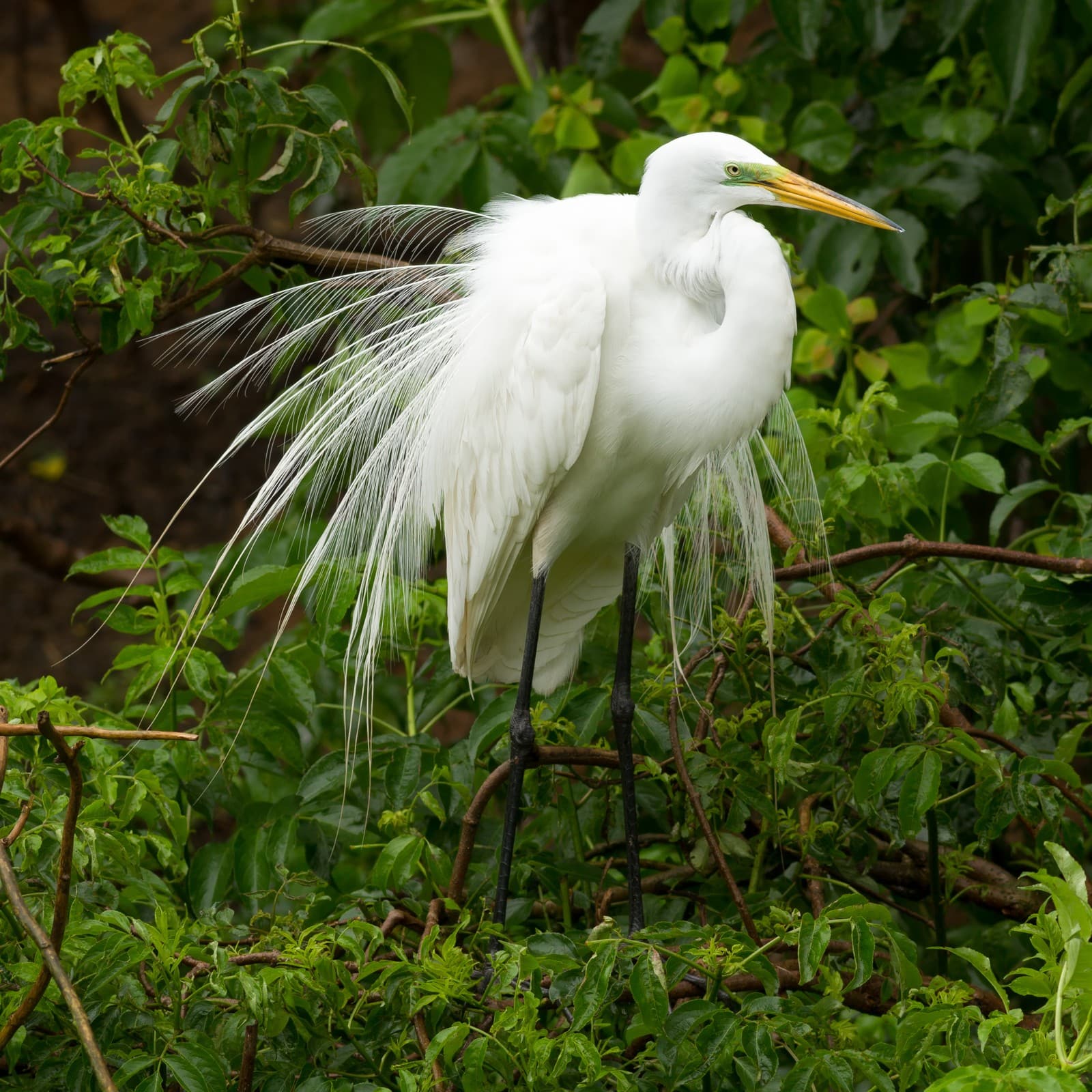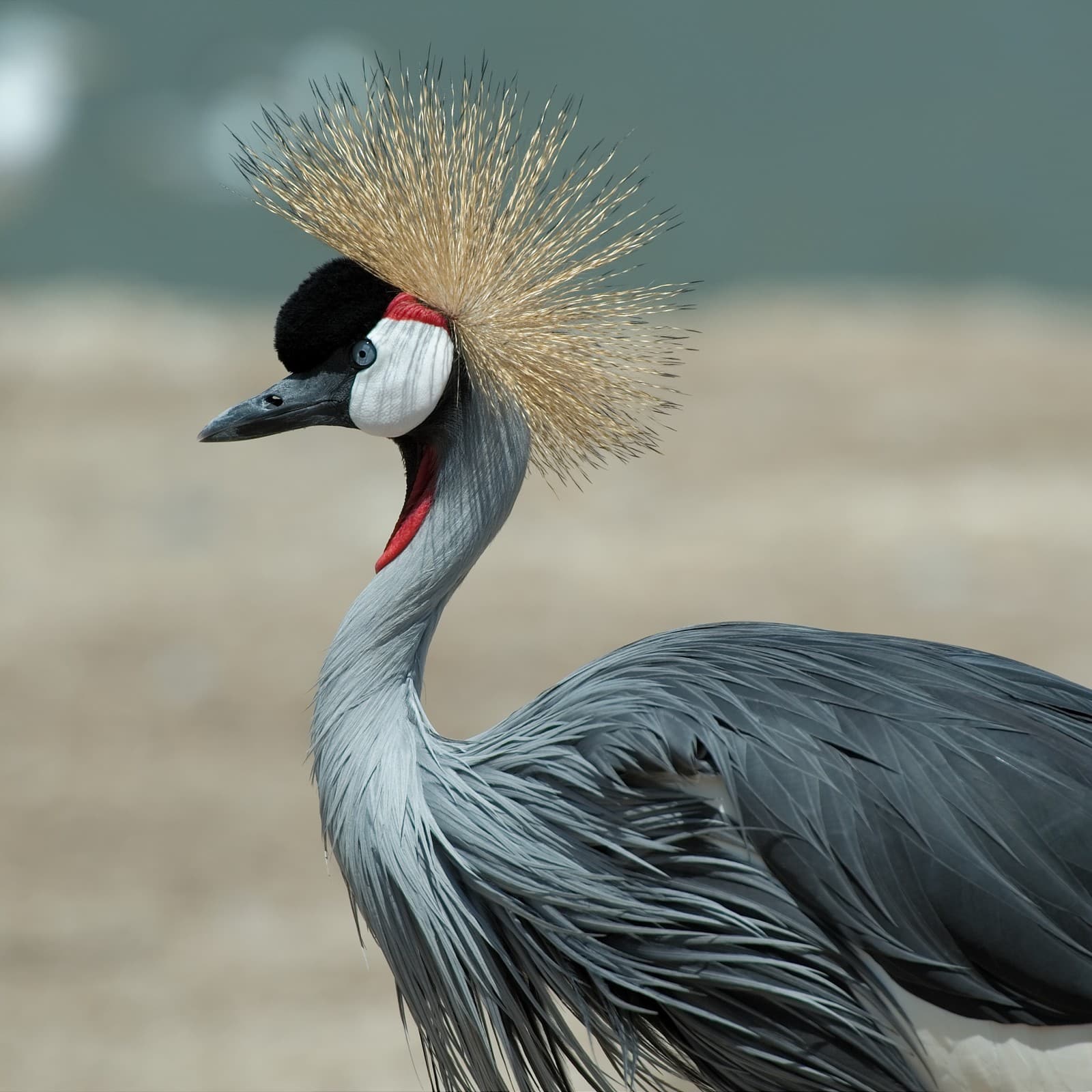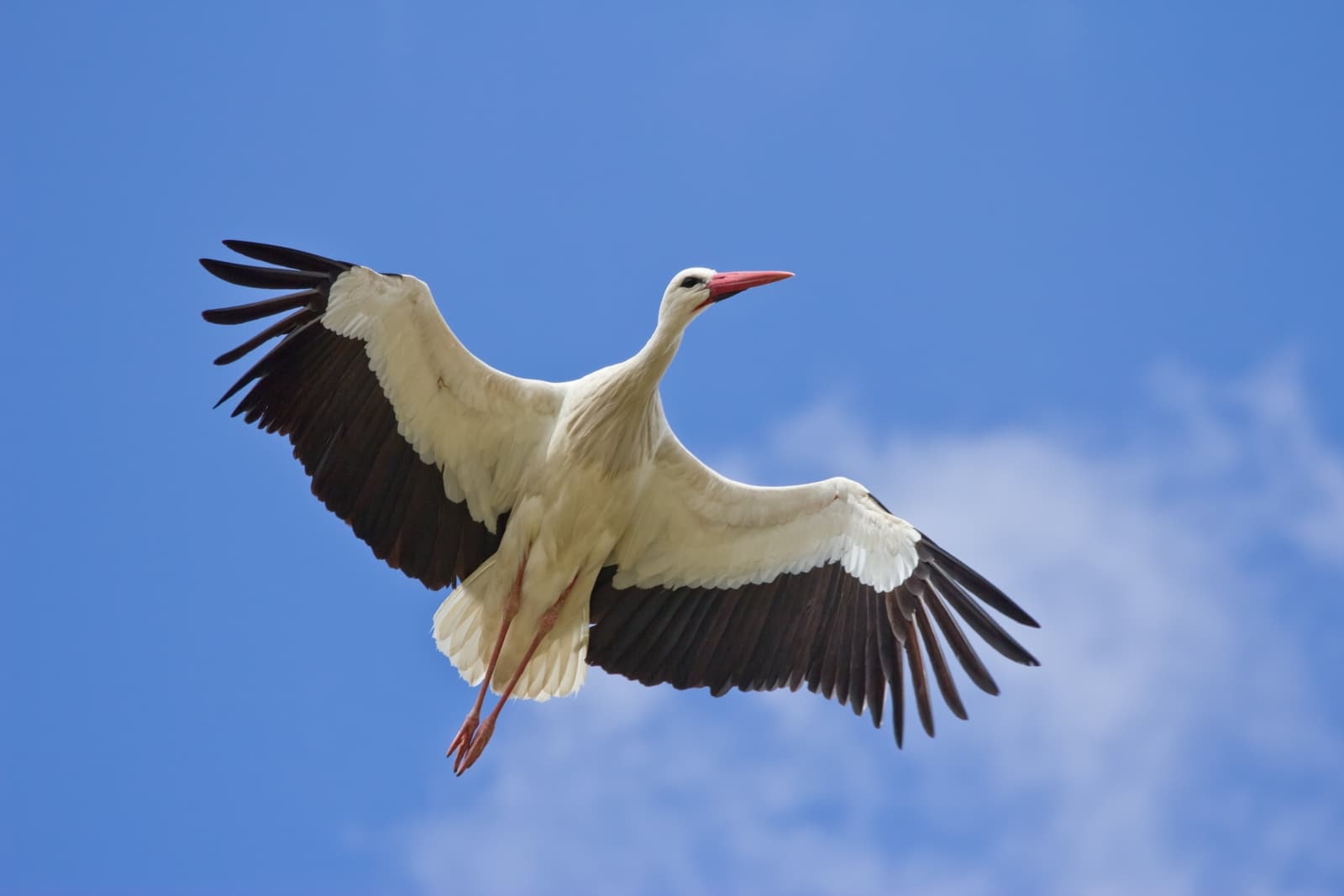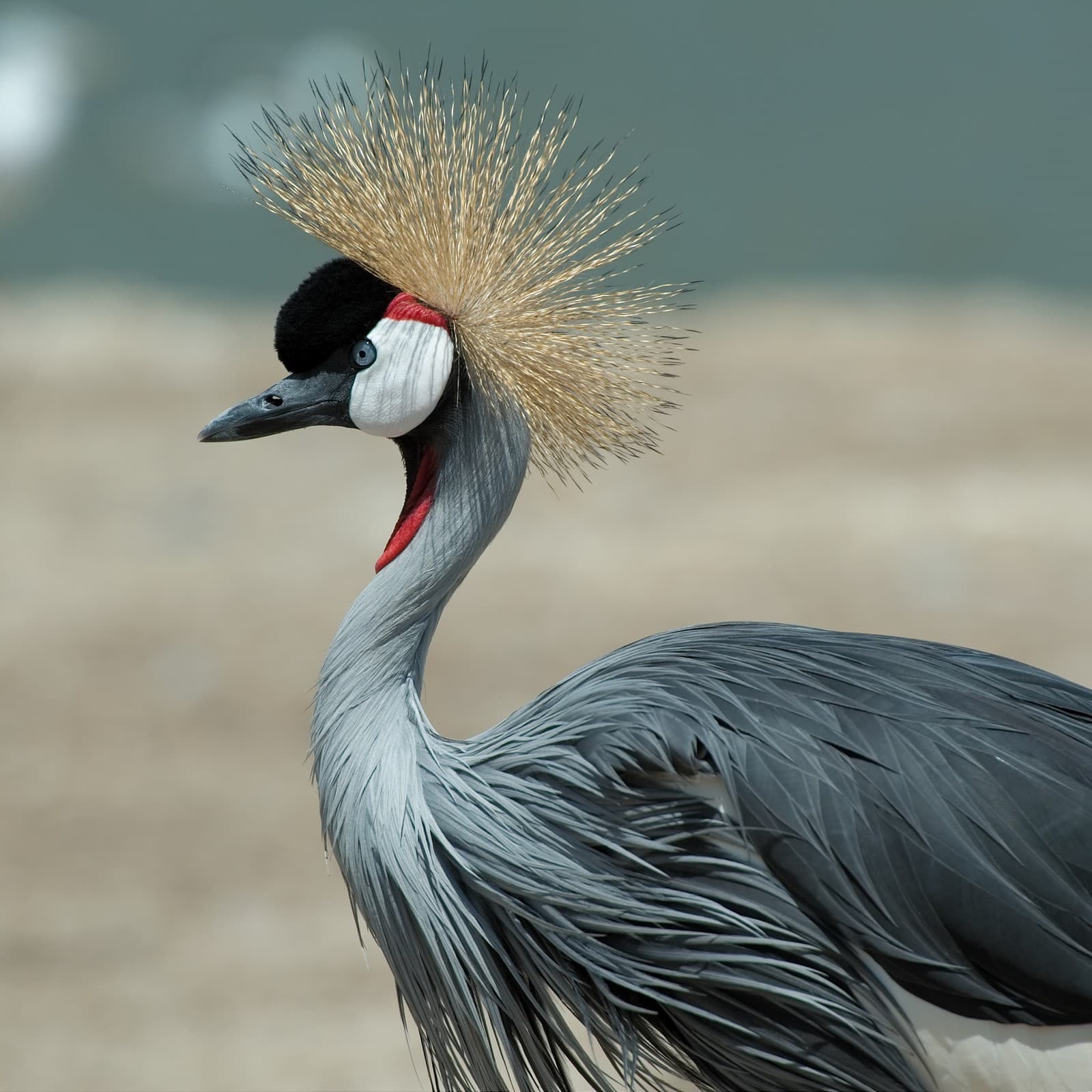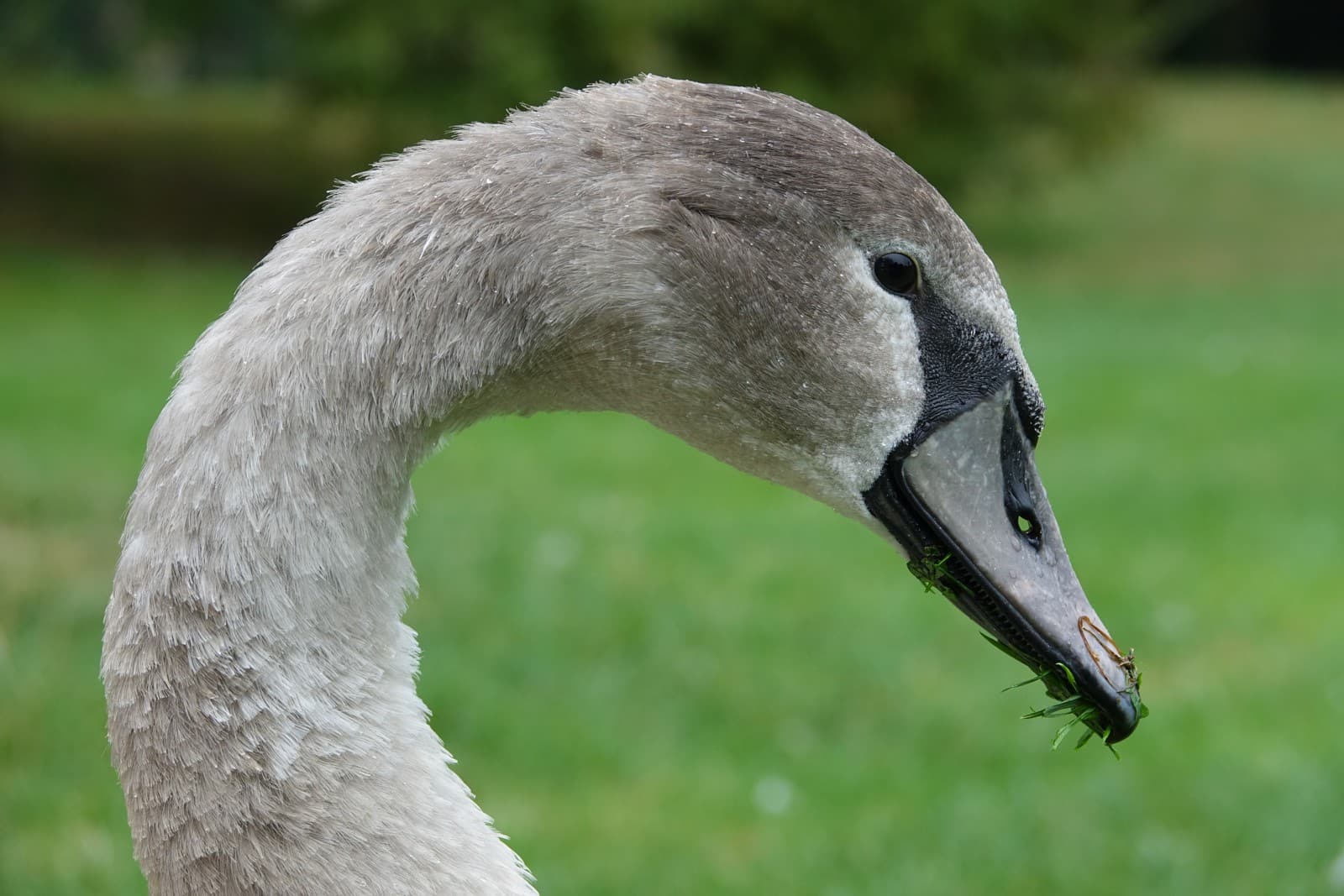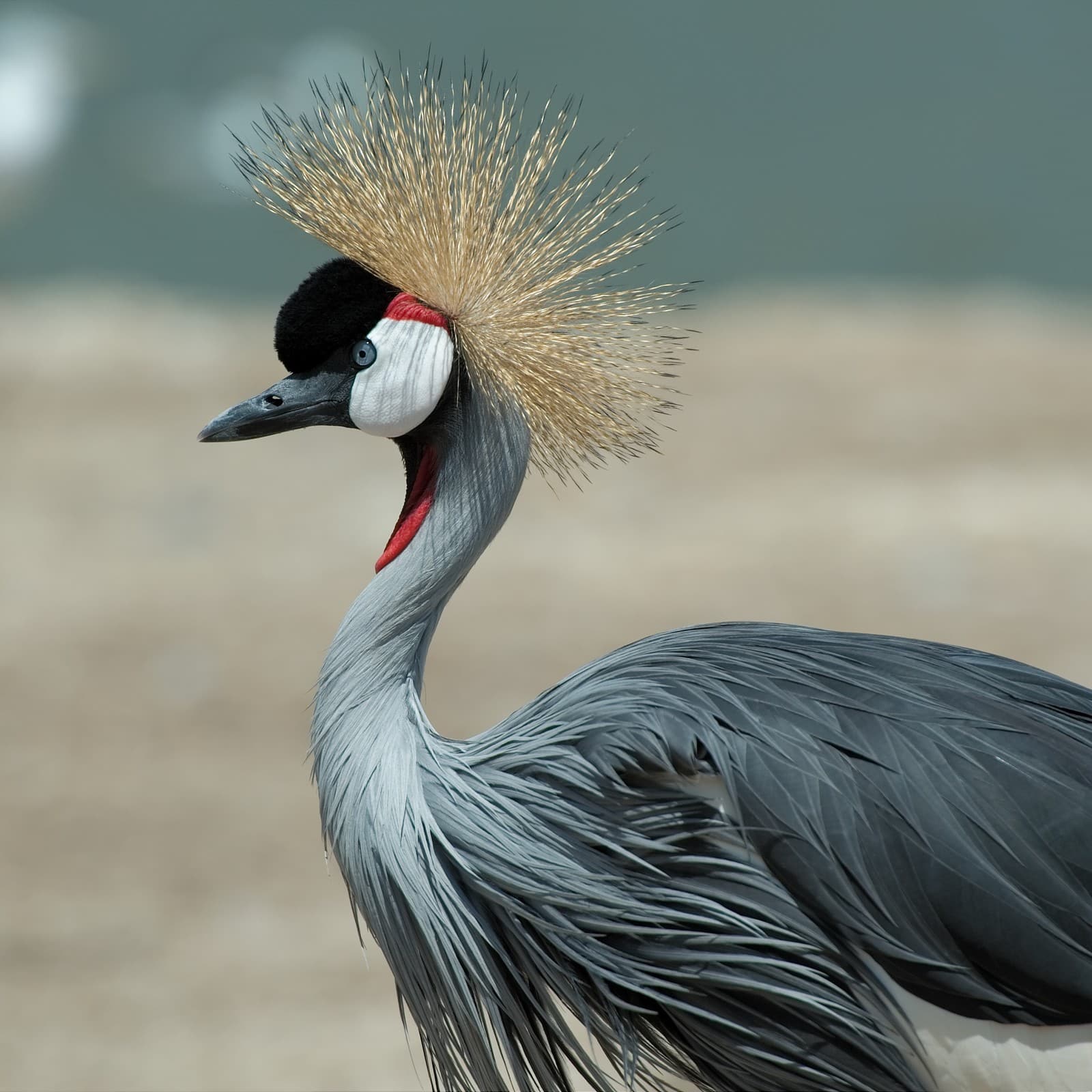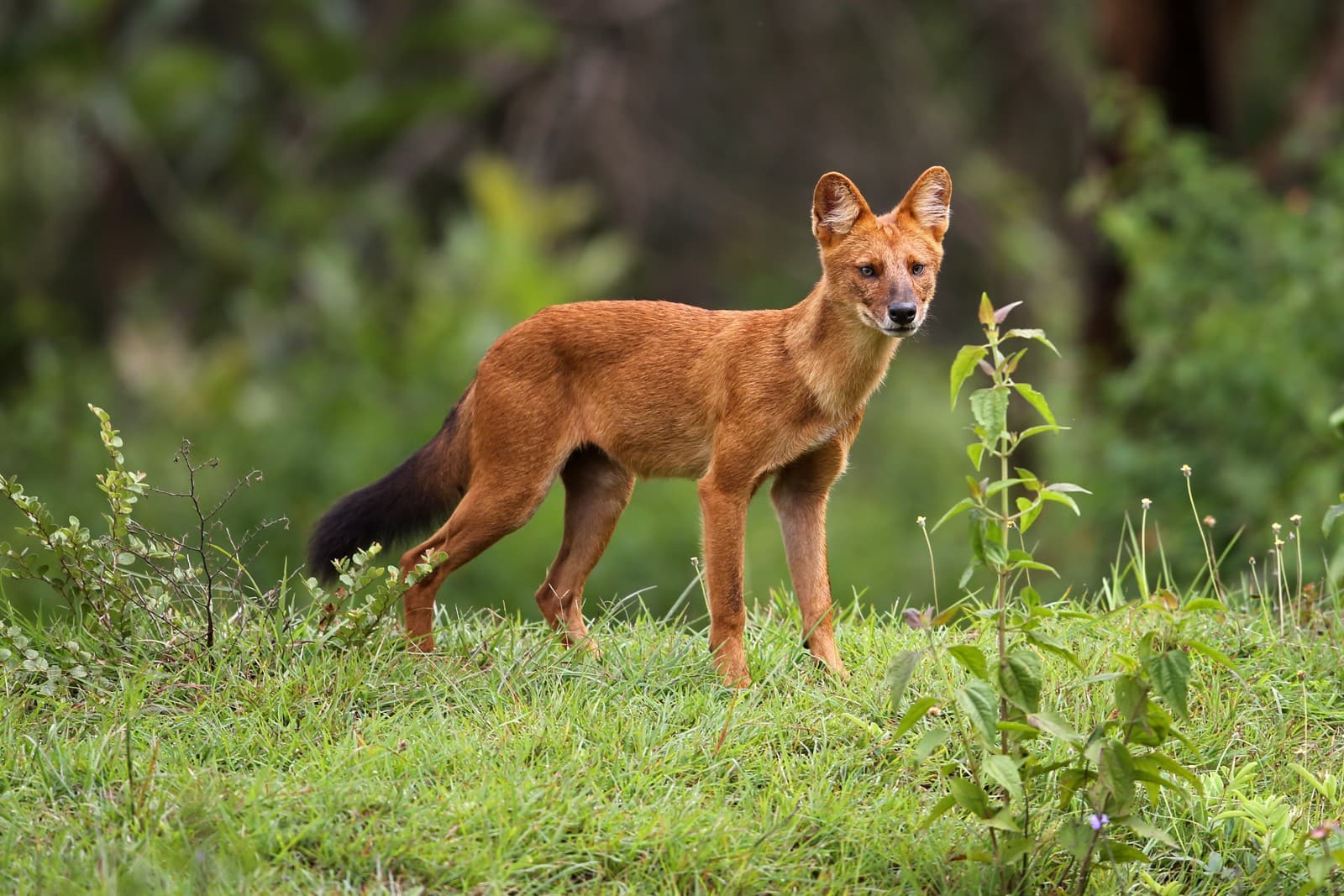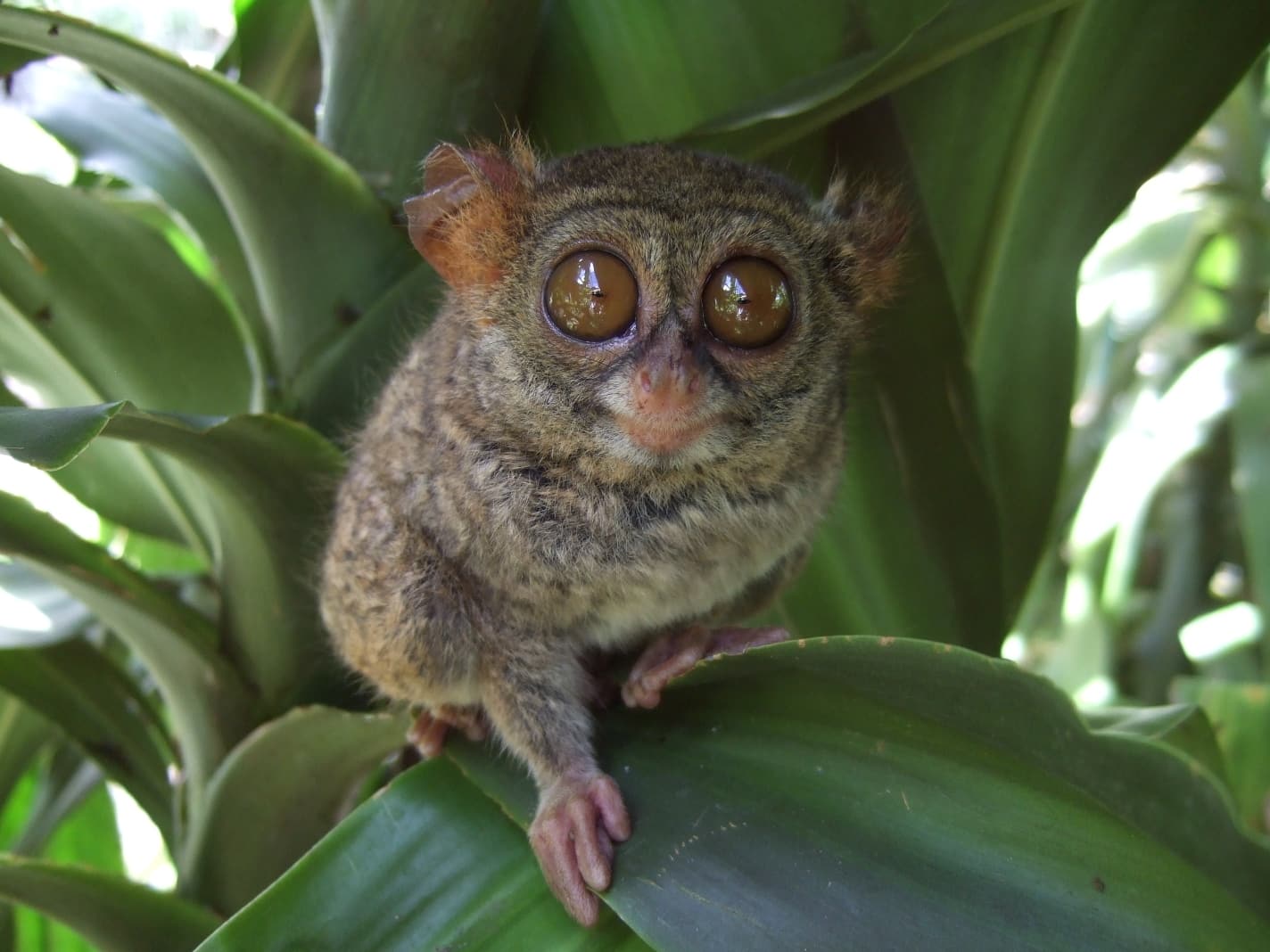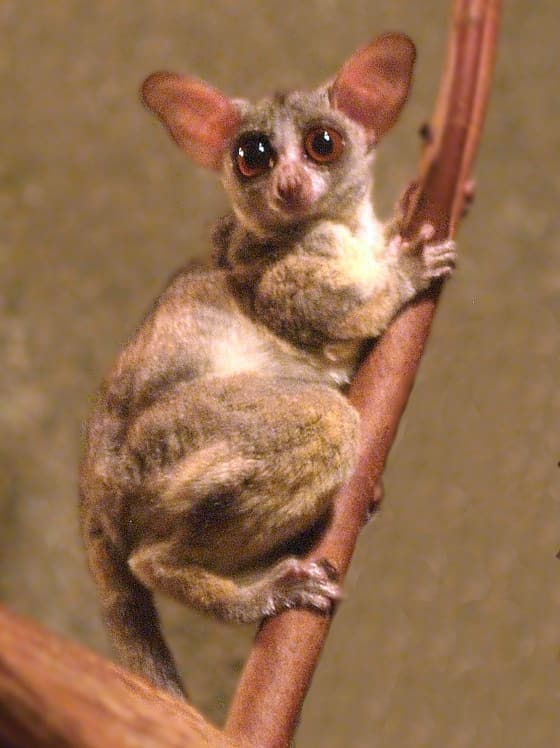Crane vs Heron: A Complete Comparison
While cranes and herons may appear similar at first glance, these magnificent wading birds have distinct characteristics that set them apart. Cranes are typically larger, with most species standing 3-5 feet (0.9-1.5 meters) tall, while herons generally range from 2-4.5 feet (0.6-1.4 meters). The most striking difference lies in their neck structure – cranes maintain their necks straight while flying, whereas herons fold them into an S-shape.
These wetland birds also differ significantly in their social behavior and vocalizations. Cranes are known for their elaborate courtship dances and trumpet-like calls that can be heard up to 2.5 miles (4 kilometers) away. Herons, in contrast, tend to be more solitary and produce shorter, croaking sounds. Understanding these distinctions helps wildlife enthusiasts and birdwatchers accurately identify these remarkable species in their natural habitats.
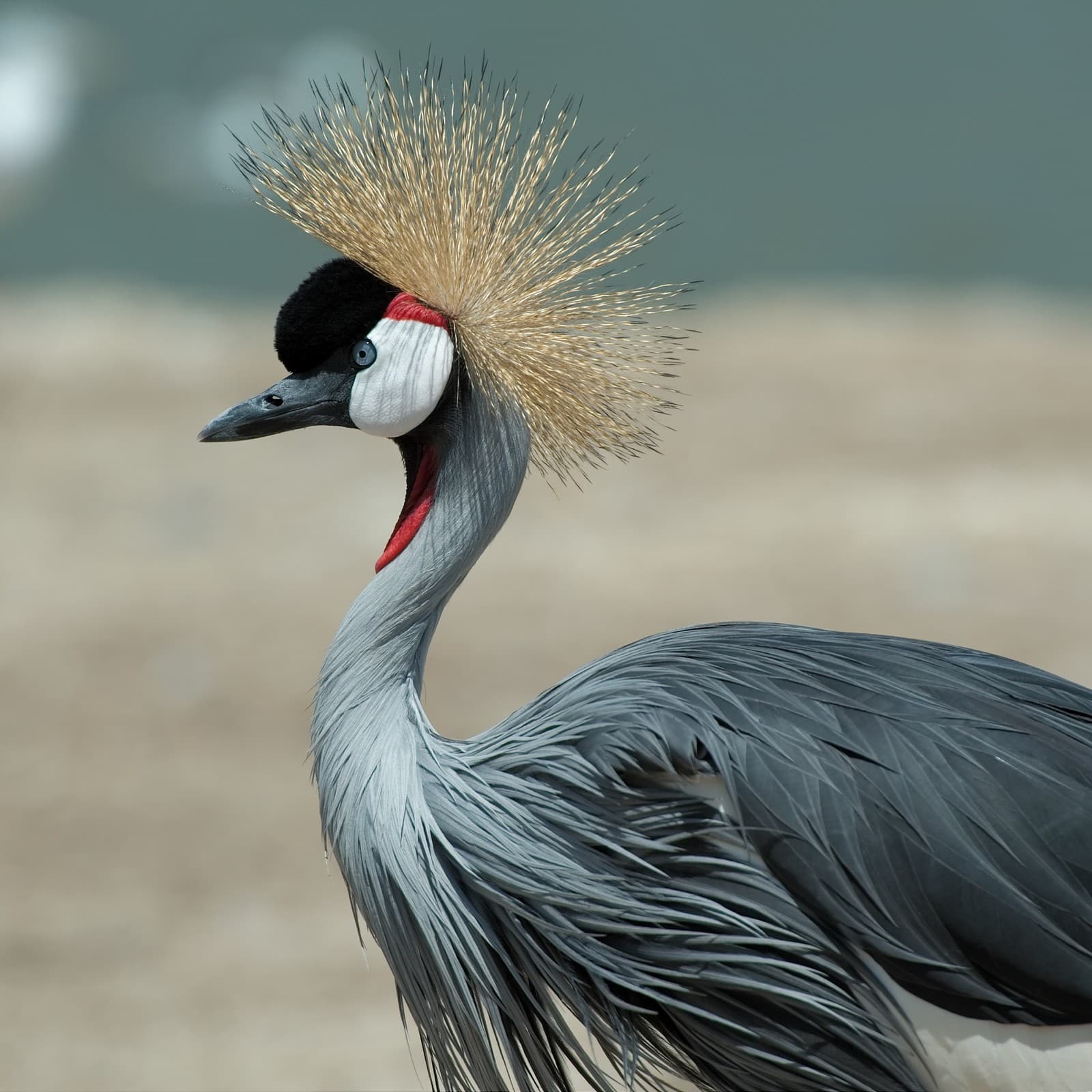
© Luc Viatour / CC BY-SA 3.0
The Grey Crowned Crane exemplifies the distinctive features that separate cranes from herons, including its ornate golden crown feathers and prominent red throat wattle – characteristics never found in heron species.
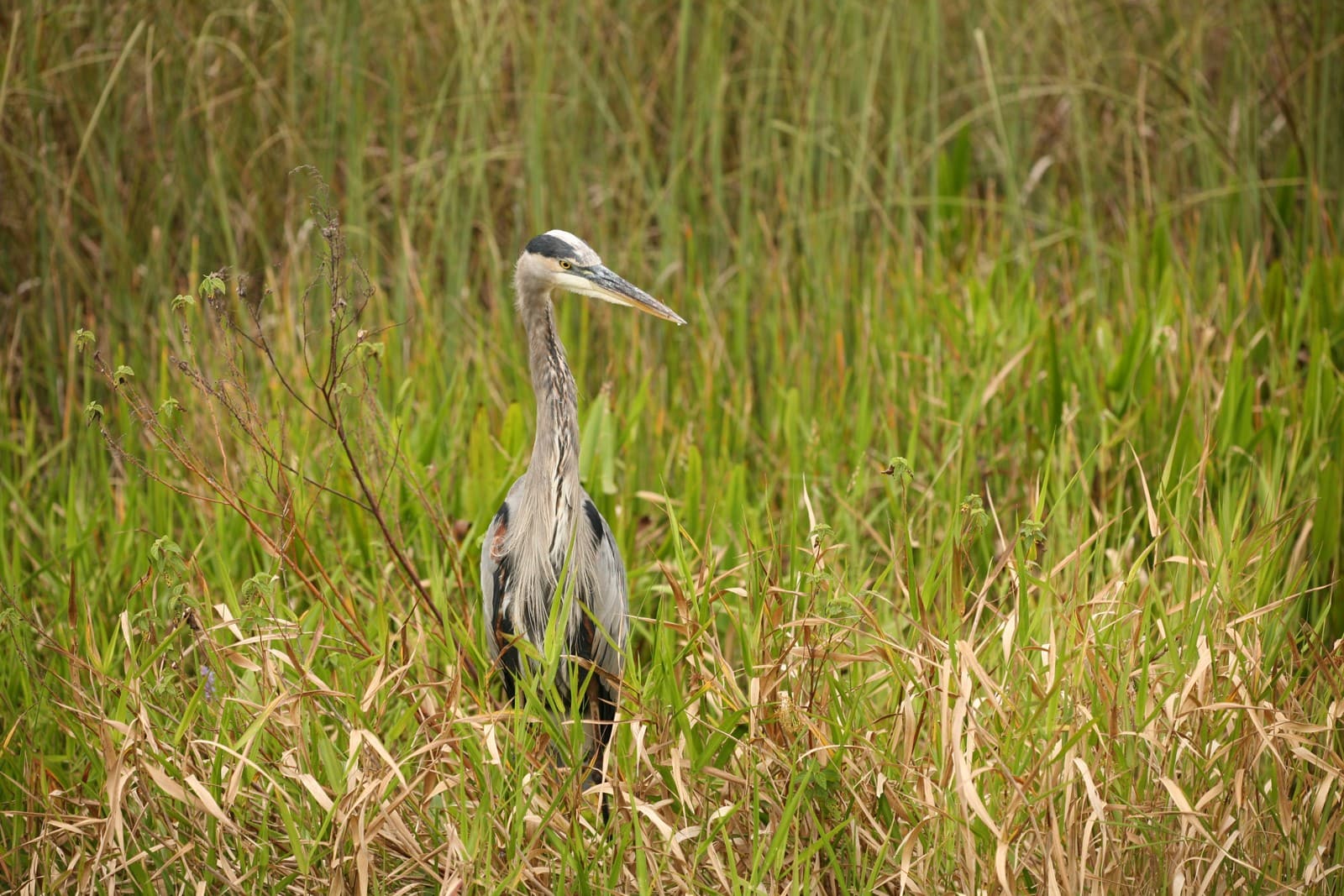
© Daniel Schwen / CC BY-SA 4.0
The Great Blue Heron demonstrates classic heron characteristics, including the S-curved neck and specialized dagger-like beak adapted for catching fish – features that distinguish it from its crane cousins.
Key Physical Differences Between Cranes and Herons
| Feature | Crane | Heron |
|---|---|---|
| Size | 3-5 feet (0.9-1.5m) tall | 2-4.5 feet (0.6-1.4m) tall |
| Neck Position in Flight | Straight extended | S-shaped curve |
| Beak Shape | Shorter, more pointed | Longer, dagger-like |
| Social Behavior | Highly social, forms flocks | Generally solitary |
| Diet | Omnivorous (plants, insects, small animals) | Primarily carnivorous (fish, amphibians) |
| Vocalization | Loud trumpeting calls | Short croaks and squawks |
Habitat and Distribution
Cranes and herons have evolved to thrive in different wetland environments. Cranes prefer open grasslands and shallow wetlands, where they can forage for a diverse diet of plants, insects, and small animals. Most crane species are found in Asia, with notable populations in Africa, Europe, and North America.
Herons, alternatively, are more widely distributed across the globe and show a stronger preference for deeper water bodies. They’re commonly found along coastlines, rivers, and lakes where fish – their primary prey – are abundant. Their specialized beaks and hunting techniques have evolved specifically for catching and handling slippery aquatic prey.
Behavioral Differences
Social Structure and Breeding
One of the most fascinating distinctions between cranes and herons lies in their social behavior. Cranes are known for their monogamous partnerships, often maintaining pair bonds for life. They perform elaborate courtship dances involving jumping, wing flapping, and synchronized movements that strengthen their bonds.
Herons, while also generally monogamous during breeding seasons, typically show less dramatic courtship behavior. They form breeding colonies called heronries but tend to be more solitary when hunting. Their breeding displays usually involve simpler ritualized movements and the presentation of nesting materials.
Hunting and Feeding Techniques
The feeding strategies of these birds reflect their evolutionary adaptations:
-
Cranes:
- Probe soil with beaks
- Walk slowly while foraging
- Consume both plant and animal matter
- Often feed in family groups
-
Herons:
- Stand motionless waiting for prey
- Strike with lightning-fast neck movements
- Primarily catch fish and amphibians
- Usually hunt alone
Conservation Status and Threats
Both crane and heron species face significant challenges in the modern world. Crane populations have been particularly hard hit, with 11 of the 15 species considered threatened or endangered. Habitat loss, agricultural expansion, and human development pose the greatest threats to their survival.
While many heron species maintain stable populations, they too face pressures from wetland degradation and climate change. Their ability to adapt to urban environments has helped some species persist, but others struggle as coastal habitats disappear.
Who Would Win in a Confrontation?
While direct confrontations between cranes and herons are rare in nature, cranes generally have the physical advantage. Their larger size (averaging 10-20% heavier than similar-sized herons), stronger bills, and more aggressive territorial behavior would likely give them the upper hand in any potential conflict. However, these birds typically avoid direct competition by occupying different ecological niches and rarely engage in interspecific battles.
This natural separation of habitats and feeding strategies demonstrates the remarkable way these birds have evolved to coexist in wetland ecosystems, each finding their own successful path through millions of years of evolution.
